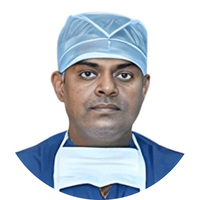Have you ever heard a cracking noise coming from your knees while walking, or while doing something equally ordinary? More often than not, this "knee popping" is nothing to worry about. In fact, knee popping is quite common.
Our knees usually pop because of the air trapped in our joints. (No, it's not just our knees that pop. Air can get trapped in any of the joints, including the hips, ankles and fingers.) Doctors use the term crepitus for any sound from the joints.
However, this does not mean that you should ignore knee popping sounds altogether - especially if they occur in older age. Read on to know more.



























